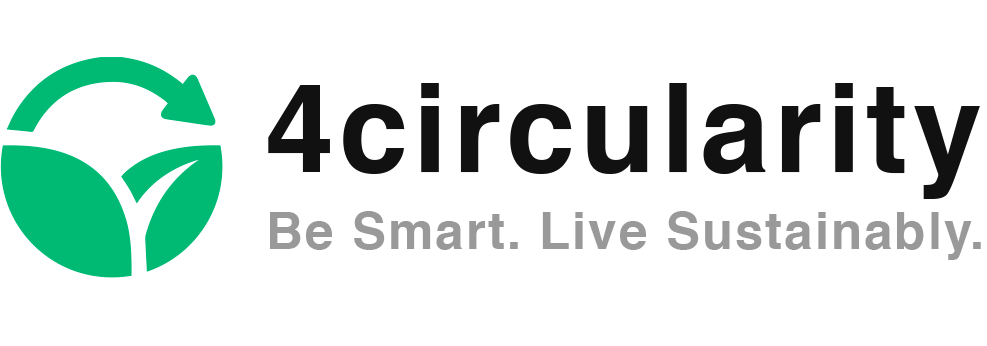It’s a few days into the new year. I’m in Helsinki having insightful end of year reflection discussions with close friends and setting up intentions for the new year. The city center if full of people rushing to catch the best deals from winter sales and changing their unfit or unwanted Christmas gifts.
Looking for a place to sit in calm I found a cute café inside a second hand fashion boutique, Relove Helsinki. I’m drinking my ginger tea and wondering how positively slow, second hand fashion affects to people’s behavior. It feels like here, in this space, there is no rush to go anywhere.
Gifting second hand products is one way to fight overconsumption that blooms at Christmas. It is the time of the year when giving gets a whole another meaning. It’s more like a nice gesture or a habit to exchange gifts. At the same time, a material gift can be switched to something more immaterial like a ticket to a concert, a weekend getaway or a voucher to a restaurant. Without forgetting that a gift should be meaningful to the other person and personal in the sense of knowing what the other person would appreciate and need.
Although giving is caring, it is also partly being responsible for the gift receiver’s personal carbon footprint as she/he needs to take care of the gift’s life cycle up until its end of life. Think about the Christmas gifts that you received. How many of them did you already use at least once? And how many of them you already forgot because you didn’t really need them? Whatever is your answer, keep reading.
With your own everyday choices, you can reduce your personal carbon footprint and be involved in green house gas emission reductions. Are you unsure how to live more sustainably? Is identifying doable sustainability actions difficult for you? Do you know what parts of your lifestyle create your personal carbon footprint?
In this blog post I collect 10 actions that create my personal sustainability action plan. These actions mainly follow my previous posts on sustainability consumption and creating a personal sustainability action plan and personal sustainability action plan – six months update but also inspired by United Nations ActNow campaign for individual action on climate change and the Carbon Donut that calculates your carbon footprint and proposes climate-fit actions to take.
Tip: calculate your personal carbon footprint first with Carbon Donut or any other carbon footprint calculation tool and receive suggestions for climate actions tailored to your own lifestyle. In Carbon Donut the lifestyle areas are divided into transport, home & heat, food, electricity, flights & ferries and consumption. The most important is to understand what part of your lifestyle creates the biggest impact on your own carbon footprint.
1. Switch to renewables and save energy
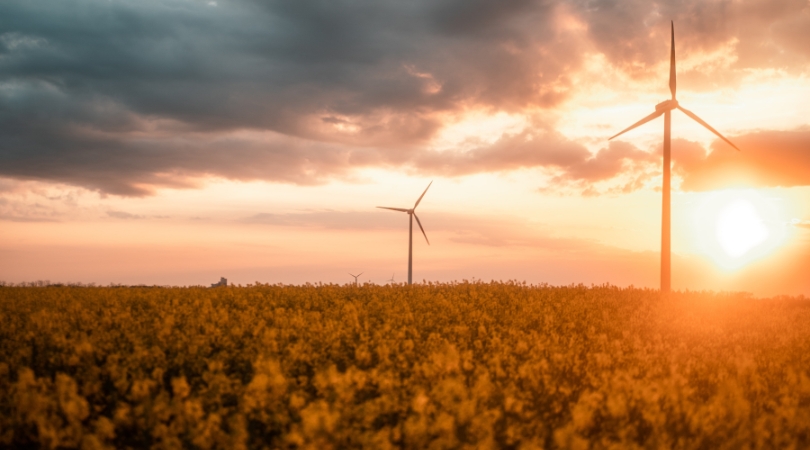
The most impactful action you can take is re-evaluating your energy consumption. Find out what energy type you are using at home for electricity, heating and cooling. If you are using only fossil based (oil, gas) energy as your main energy source, try to switch it to renewable energy (wind, solar, hydro) by contacting your energy provider company. By changing to renewables, your personal carbon footprint gets smaller but you also need to think where you can save energy. So, switch to using LED lighting as a durable and energy efficient alternative. Make sure to turn off the lights and lower the heating or cooling in the rooms that you are not using. Unplug any electronic devices that are not in use, for example, during the night.
Copy here a longevity hack for your electronic devices: keep your devices clean of unnecessary files and data to maintain efficiency and life span, and avoid overcharging the battery.
+ Actions: use renewable energy and optimize cooling and heating at home, save energy by turning off the lights, use energy efficient LED lighting, unplug electronic devices when not in use
2. Use less water

From energy consumption to water use. Each time you put the washing machine on or you take a shower, you need energy to heat the water. To avoid unnecessary energy and water use, wash full machine loads with dishwasher and wash your laundry with cold water. Washing dishes with running water consumes way more water than using the dishwasher. A bath uses 50 to 150 liters of water per fill. An average shower uses 9 liters per minute. Stop taking baths and further reduce your energy spending by taking shorter showers. Three minutes in the shower is enough. The colder the water, the less energy you use. It is also better for your skin and your health. Collect rainwater to water the plants in your garden. Freshwater is a scarce resource, use it wisely while saving both money and the environment.
+ Actions: save water, take shorter showers (3 minutes max!), wash full machine loads (washing machine, dishwasher), wash laundry with cold water
3. Walk, bike or take public transport
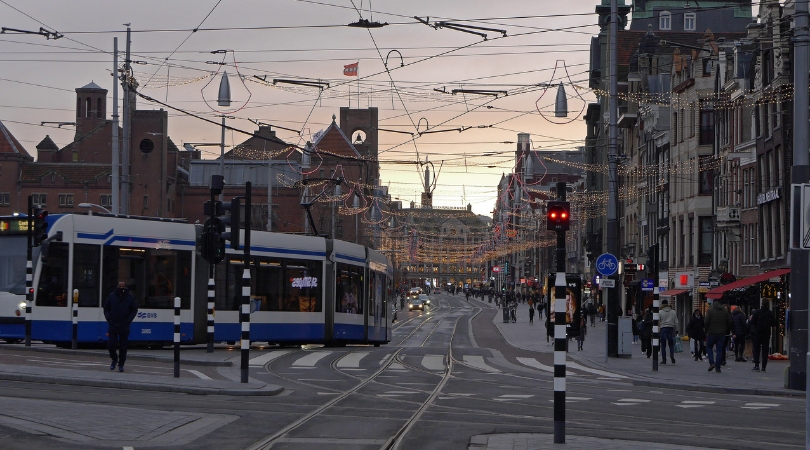
The world’s roadways are jammed with vehicles, most of them burning diesel or gasoline. Since I moved back to Finland my driving increased 100% as I didn’t own a car in 10 years when living in France, Malta and the Netherlands. According to the Carbon Donut, my personal carbon footprint has now (temporarily) private driving as a form of transport. It is due to the fact that where I’m living at the moment the public transport is poorly covered. Living car-free can reduce your carbon footprint by up to 2 tons of CO2e per year compared to a lifestyle using a car. For example, if you work from home you start driving less so think if you could give car-free life a chance. It comes without saying that for short distances walking, riding a bike or electric scooting instead of driving will reduce greenhouse gas emissions. Moreover it will improve your health and fitness when you stay active. For a long-haul trip take a train or bus. And carpool whenever possible.
+ Actions: walk and bike more, carpool and use public transportation (metro, tramway, train, bus) whenever possible, eliminate unnecessary driving by combining multiple trips to one
4. Buy less

Buying less is that single and simple action that you can take right away! Buy less of everything and get the feeling that less is more. If you need anything, check if you can buy it secondhand before buying it new. Check with yourself how long you will use the product and how easy/difficult it is to recycle it or reuse it. Today, you find widely many products in secondhand such as clothes, electronic devices and furniture. Also remember that there is no such place as “away”. Search for a place close to your home where you can bring and recycle the things you no longer need. Someone’s trash is someone else’s treasure.
+ Actions: before buying anything new, ask yourself these questions: do I really need it? how many times I will use it? can I buy it secondhand? Donate what you no longer need AND simply BUY LESS!!
5. Shop responsibly and sustainably

Although buying less is the number one action that I propose you to implement in your personal sustainability action plan, the number two is that I want to encourage you to pay attention which brand you buy. With that I mean becoming more conscious on the products’ origin (supply chain) and sustainability attributes. If the seller doesn’t communicate openly the relevant information about its product’s environmental impact with data and measurements, the consumer’s capabilities to evaluate the product sustainability or unsustainability gets difficult. Usually that is already a sign that the company is hiding something. Giving empty promises that leads to greenwashing, or sustainability is simply not important for them. So, be careful of vague, unfounded and misleading information on the product’s environmental impact.
+ Actions: before buying anything new, look for environmental data on the products, how accurately the sustainability claims are presented and whether the data contains information on what measurements they are based on, check if you find a sustainability report that shows the company performance in its sustainability actions
6. Adopt a circular mindset
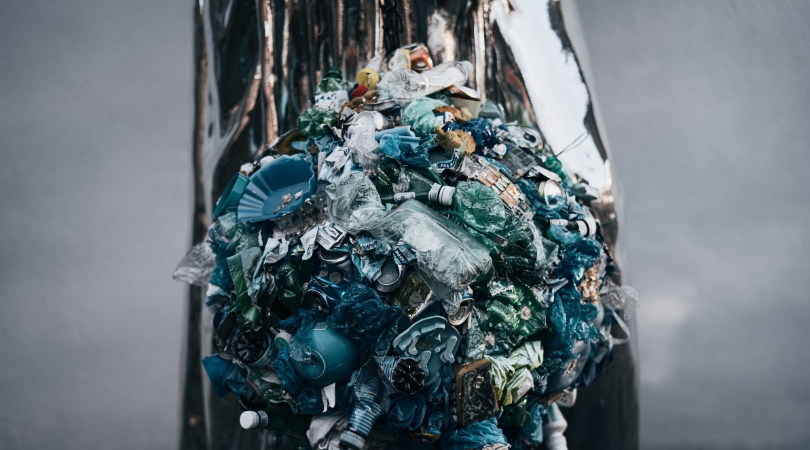
We need to rethink everything we do. Especially as businesses but also as consumers. Therefore taking responsibility of our own consumer behavior and understanding the end of life of the products we use, is crucial. Donate or resell the things that you no longer need to someone in need. Keeping valuable materials in a closed loop system is in the core of circular economy (CE). I believe that implementing both less is more and circular consumer mindsets, we can achieve a big change in keeping the environment clean and healthy.
In my personal sustainability action plan since five years I have been buying less and only to a actual need. Once a year I go through my clothes and shoes and sort out the ones that I use regularly and the ones that I don’t use anymore. There are many easy ways to resell or donate the things, such as Vinted, Reusses, Vestiaire Collective, UFF, Relove, Flea and many other companies or associations that you can find close to you. What you cannot resell, donate!
+ Actions: sort out your things regularly, donate or resell the things you no longer need, follow the local recycling guidelines of the area where you live for all recyclable waste: glass, plastic, paper, cardboard and metal
7. Eat seasonal and local food
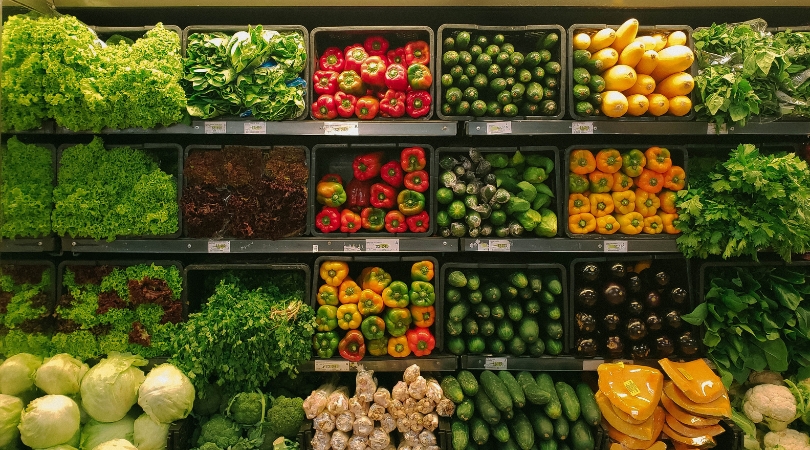
Food should take a big space in your personal sustainability action plan. For me, adapting a balanced diet where I feel good and which supports sustainable production and respects the planetary boundaries is essential for reducing my own carbon footprint. Eating less meat, fish and dairy products while eating more vegetables, fruits, whole grains, nuts, and seeds significantly reduces your personal carbon footprint. Plant-based foods production results in fewer greenhouse gas emissions and requires less energy, land, and water altogether. Giving up meat completely and starting a vegetarian diet can reduce your carbon footprint by up to 500 kilograms of CO2e per year (or up to 900 kilograms for a vegan diet).
Copy here a hack to eat seasonal and local food: think about where you are geographically in the world, where does the food that you are about to buy come from and do you know where it is produced. Buy vegetables and fruits in bulk and bring a cloth bag with you to the store to avoid buying a plastic bag. For more hacks read more on eating healthy and sustainable food by following the four concrete steps here.
+ Actions: eat less meat and dairy, eat more local and seasonal vegetables and fruits, be mindful where you are in the world and where does the food come from, what does its supply chain consist of before arriving to your plate!
8. Don’t waste food

Can you imagine that every year around 30% or 1.3 billion tons of food is wasted? The food industry itself causes about 25% of manmade GHG emissions. At the same time it is not surprising since farming consumes 50% of planet’s habitable land. By looking at these numbers it is shocking that 1 billion people still lack access to adequate food and slows the achievement of Sustainable Development Goal number 2 (SDG2) No Hunger.
As a matter of fact, become mindful of the amount of food you buy and eat. If you buy more than you can eat you probably waste the remaining ingredients. Copy here a hack for reducing food waste: next time you find a food product in your fridge which best before date is in the past – do the following; look, smell and taste it. If you still think its gone bad, compost it and recycle its packaging correctly.
+ Actions: optimize the amount of food you buy, before throwing any food to the compost check how it looks, smells and tastes, the best before date is not the best to eat date
9. Consider your travel

Airplanes burn large amounts of fossil fuels, producing significant greenhouse gas emissions. That makes taking fewer flights one of the fastest ways to reduce your environmental impact. When you can, meet virtually, take a train, or skip that long-distance trip altogether. If you take one less long-haul return flight it can reduce your carbon footprint by up to almost 2 tons of CO2e. The green energy transition concern also the aviation industry and some aerial company have started to use renewable aviation fuels to cut emissions. In my personal carbon footprint calculation, flight travel went on top of the list generating most of my personal carbon footprint. I love to travel so stopping to fly is not an absolute answer. Choosing an aerial company that uses low carbon renewable aviation fuel is definitely part of the answer to lower my carbon footprint from flying.
When on the move, the hotel where you stay gets added to the overall emissions you are creating when travelling. In addition to checking if the deco and cleanliness of the hotel room meets your expectations, check also the hotel’s sustainability practices. By a research conducted by Booking.com, 78% of travelers say they are planning to stay in a more sustainable property in the coming year. Now, Booking.com has taken the consumer’s sustainable travelling requirements seriously by allowing the accommodation partners to provide the travelers information on their sustainability practices and giving them their own Travel Sustainable Badge.
+ Actions: fly less, favor aerial companies using renewable aviation fuels, offset your flights by contributing to environmental and social projects or buy carbon credits, choose a sustainable hotel
10. Educate yourself on Environmental and Social Sustainability

Knowledge is power. First and foremost, keep educating yourself on the burning topics of the climate change, climate adaptation, energy efficiency, circular economy, sustainable living, seasonal and plat-based eating, responsible consumerism and sustainable travel. These topics mostly focus on environmental sustainability but the social sustainability is as important. Learn more here about the social impact and how companies should address the social sustainability at the workplace and in their supply chain.
The web is full of free information. Pay attention to the sources that they are reliable. My go to sources include Ellen MacArthur Foundation, World Economic Forum, European Commission Press releases, The Economics, HBR and sustainable companies blog pages.
+ Actions: research on the sustainability topics that interest you the most, join webinars and conferences, talk with your peers, share your learnings, and take action today!
Nous sommes ce que nous répétons chaque jour. / We are what we repeatedly do.
ARISTOTELE
Be Smart. Live Sustainably.
